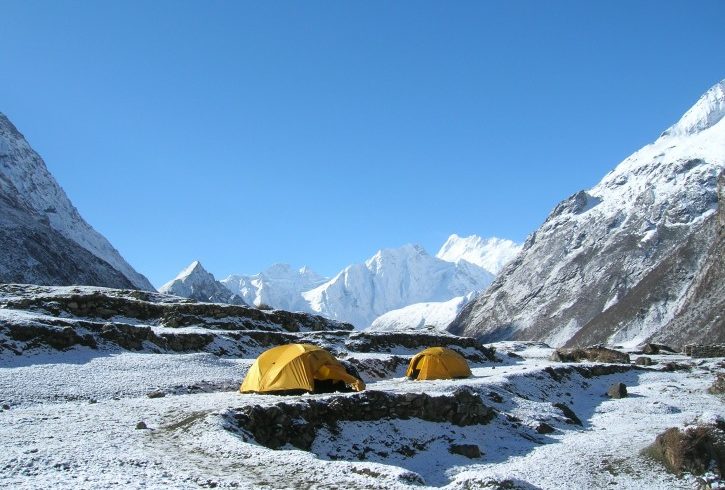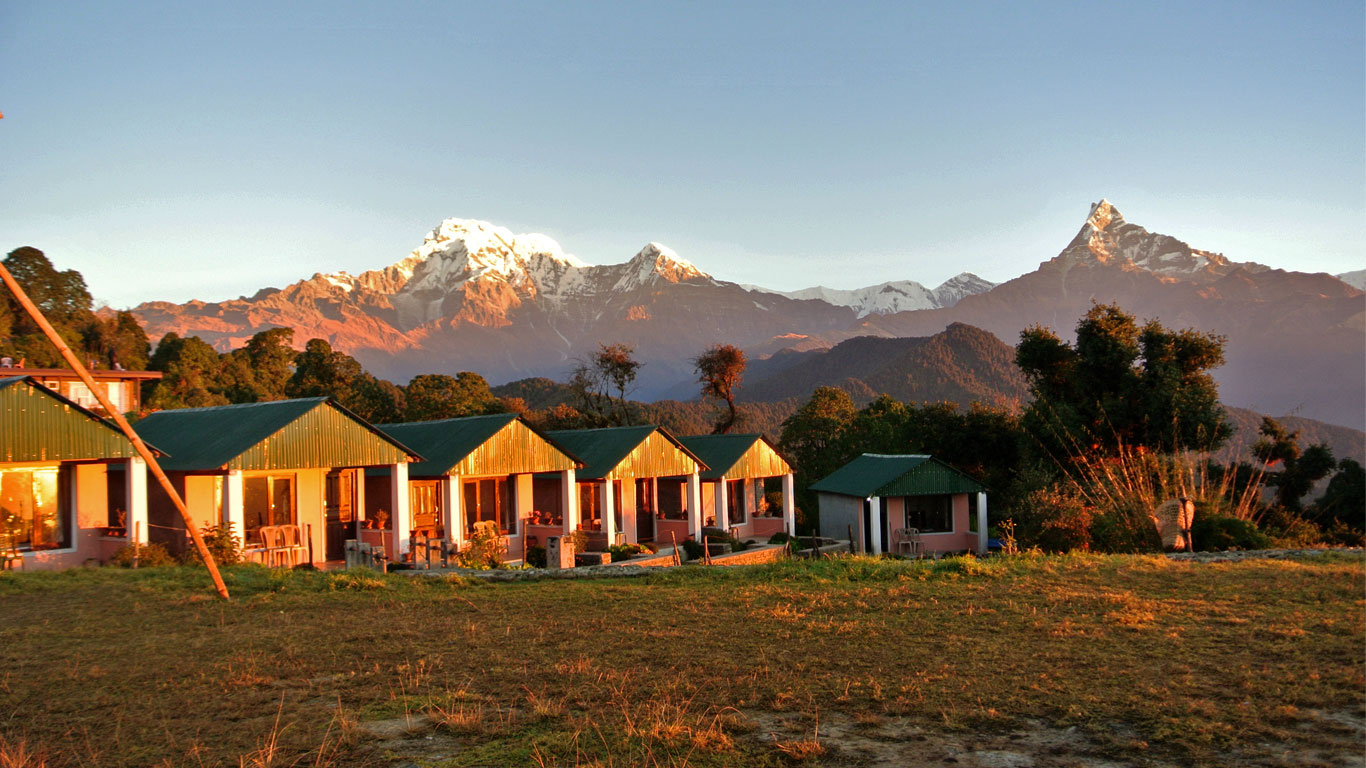Kanchenjunga Circuit Trek
Kanchenjunga Region, Nepal
Duration
21 Hours
Tour Type
Trekking & Hiking
Group Size
15 persons
Location
Nepal
Overview
The Kanchenjunga Circuit Trek is an exhilarating and challenging journey through Nepal’s remote eastern Himalayas. It offers a true wilderness experience, taking trekkers through diverse landscapes, from subtropical forests and terraced farmland to alpine meadows, glacial valleys, and high mountain passes. Circling around Mount Kanchenjunga (8,586m)—the world’s third-highest peak—this trek rewards adventurers with breathtaking panoramas, including views of Jannu, Kumbhakarna, and other majestic peaks.
A defining feature of this trek is the opportunity to reach both Kanchenjunga North Base Camp (Pangpema, 5,143m) and South Base Camp (Oktang, 4,730m), offering unparalleled close-up views of towering snow-capped summits. The Kanchenjunga Conservation Area enriches the journey with its rich biodiversity, home to rare wildlife such as red pandas, snow leopards, Himalayan black bears, and blue sheep.
Beyond its natural beauty, the trek is also a cultural immersion, introducing trekkers to the Rai, Limbu, Sherpa, and Tibetan-influenced communities. Their warm hospitality, unique traditions, and deep-rooted connection to the Himalayas add a meaningful layer to the adventure.
Unlike the popular Everest and Annapurna treks, the Kanchenjunga Circuit remains largely unexplored, making it ideal for those seeking solitude, a rugged off-the-beaten-path experience, and an unspoiled Himalayan adventure. However, due to its remote nature, high altitude, and strenuous terrain, this trek is recommended for experienced trekkers with excellent physical endurance.
Best Season for Trekking
The optimal seasons for the Kanchenjunga Circuit Trek are:
Spring (March to May) – Pleasant weather with blooming rhododendrons and lush greenery.
Autumn (September to November) – Stable weather, clear skies, and stunning mountain views.
Monsoon (June to August) – Not recommended due to heavy rainfall and leeches.
Winter (December to February) – Extremely cold with heavy snowfall; not advisable for most trekkers.
Difficulty Level
The trek is classified as challenging due to its remote location, high altitude, and long trekking days. It involves steep ascents, long descents, and high mountain passes, requiring excellent fitness, prior high-altitude trekking experience, and strong determination.
Accommodation & Food
Accommodation – Basic teahouses and lodges, with camping options in remote areas.
Food – Nutritious meals, including Nepali dal bhat, Tibetan bread, momos, soups, noodles, and continental dishes.
Permits & Essential Information
Permits Required: – Kanchenjunga Restricted Area Permit & Kanchenjunga Conservation Area Permit
Trekking Duration – 18-21 days
Trekking Grade – Strenuous
Maximum Altitude – 5,143m (Pangpema – North Base Camp)
Best For – Experienced trekkers seeking adventure in remote Nepal
Packing List
Clothing:
✅Base layers (thermal tops and bottoms)
✅Fleece jacket
✅Down jacket (for high altitude cold)
✅Waterproof jacket & pants
✅Trekking pants & shirts
✅Gloves (inner and outer layers)
✅Warm hat & sun hat
✅Hiking socks & thermal socks
✅Comfortable trekking boots
Gear & Equipment:
✅Backpack (50-60L)
✅Sleeping bag (-20°C)
✅Trekking poles
✅Sunglasses & sunscreen
✅Headlamp & extra batteries
✅Water purification tablets/filters
✅Personal first aid kit
Miscellaneous:
✅Snacks & energy bars
✅Lightweight towel
✅Camera & power bank
✅Travel insurance (including high-altitude coverage)
Why Trek with Team Ram Adventure?
✅Experienced & Knowledgeable Guides – Led by expert guides familiar with the terrain and local culture.
✅Safety First Approach – Equipped with first aid, satellite communication, and acclimatization schedules.
✅Customized Itineraries – Flexible plans tailored to your preferences and fitness level.
✅Responsible & Sustainable Tourism – Committed to eco-friendly trekking and supporting local communities.
✅Best Value & Quality Service – Transparent pricing with excellent service and support throughout the journey.
Included/Excluded
Itinerary Expand All Close All
Travel Styles
Facilities
FAQs
What is the Kanchenjunga Circuit Trek?
How long does the Kanchenjunga Circuit Trek take?
What is the best time to do the Kanchenjunga Circuit Trek?
How difficult is the Kanchenjunga Circuit Trek?
What permits are required for the Kanchenjunga Circuit Trek?
What are the main highlights of the trek?
What type of accommodation is available?
How do I reach the starting point of the trek?
What should I pack for the trek?
Is the Kanchenjunga Circuit Trek worth it?
Reviews
Extra prices:
- {{total_price_html}}
- {{pay_now_price_html}}





